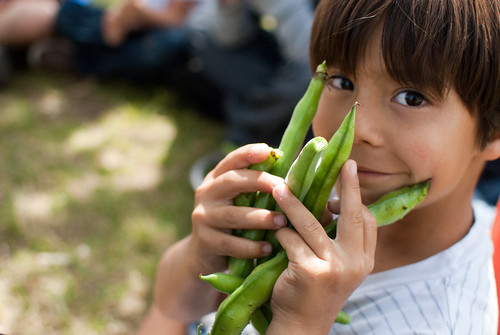
Amy had more garden fun with Miss Karen's 2nd graders, this time harvesting some fava beans!
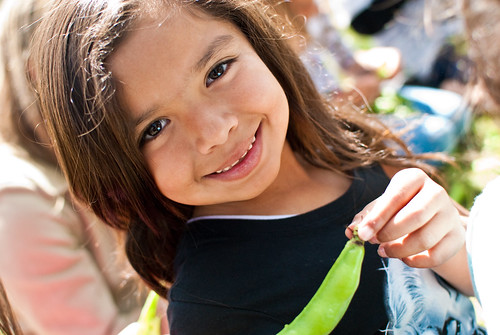
Everyone had a great time harvesting and shucking the beans...
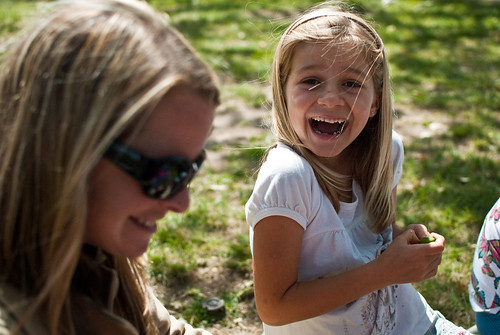
...collecting a big bowl of husks...
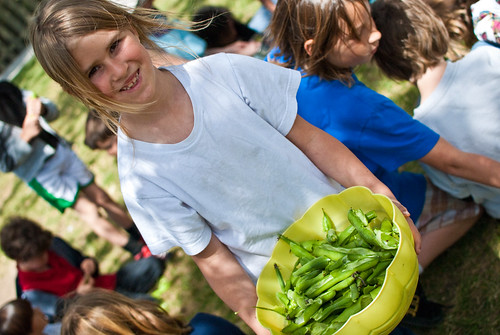
...and a big bowl of beans...
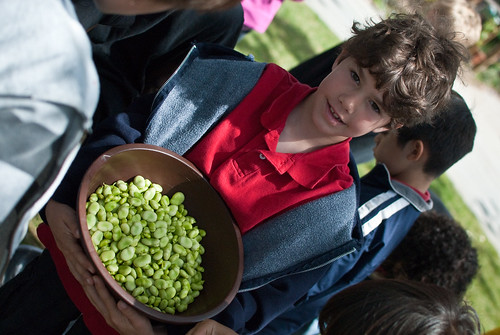
...which was then prepared and cooked by Amy and Daleth.
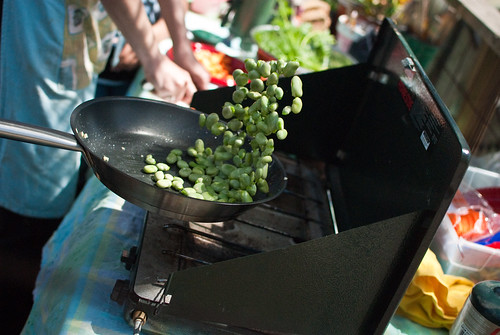
Some fava bean facts:
Known as Féve in French, Garten-Bohnen in German, Valske Bonner in Danish, Hava in Spanish, the Fava Bean has been cultivated for centuries and is still considered a staple of the Mediterranean diet. Also known in English as the Broad Bean or Horse Bean, it was the only bean known to Europe before contact with the new world. Remnants of favas have been found in archeological sites and medieval peasants made a purée of favas seasoned with a bit of salt pork.
The fava resembles such shelled beans as limas and butterbeans, but it is actually more closely related to the pea family. Although available in their dried form, fresh favas are very difficult to find in supermarkets—farmers markets are the most dependable source for the freshest beans.
Many farmers plant a small-seeded variety of favas as a winter cover crop because they are very cold hardy, and because (like peas and beans) they are a legume and have the ability to fix nitrogen in the soil.
~ from Whistling Train Farm

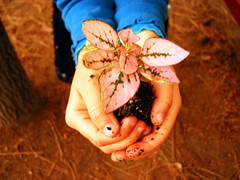






No comments:
Post a Comment